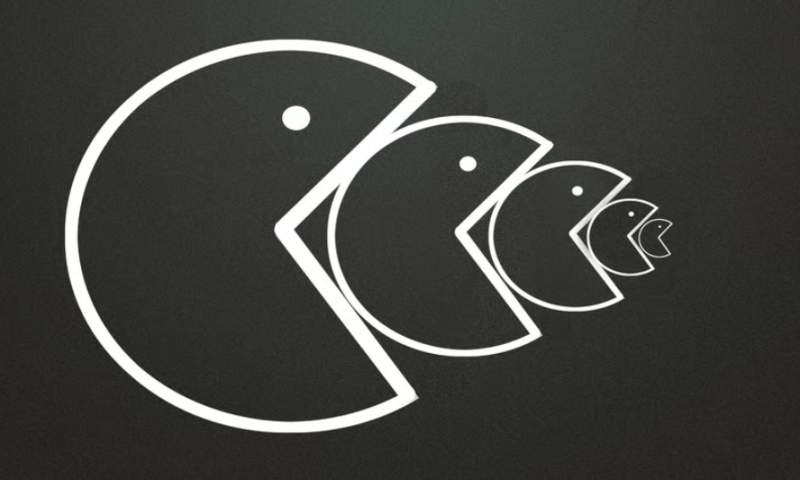AbbVie is setting the stage for an aggressive M&A push to fill the revenue vacuum left by Humira, with CEO Richard Gonzalez telling investors to expect a move if the shoe fits.
“Like I said, if we could find something that’s of interest and it could really help us round out a category that we’re in, then you should expect us to act on that,” Gonzalez said Thursday.
The comments on the company’s fourth-quarter earnings call come days after Gonzalez told The Wall Street Journal about plans to lift a $2 billion business development cap implemented after buying Allergan for a whopping $63 billion in 2019. It’s a sign that AbbVie is willing to make an aggressive push for external assets to buoy a pipeline that’s long lived in Humira’s billion-dollar shadow. The best-selling drug of all time collected $20 billion in 2021 alone.
AbbVie expects the combination of immunology meds Skyrizi and Rinvoq to match Humira’s sales peak by 2027, but pressure remains on the middle and back end of the pipeline. Gonzalez believes the company can continue to “drive very strong growth” in part from internal development over the next three to four years.
On the CEO’s radar are opportunities that focus on cancer, immunology, some aspects of neuroscience and eye care. Gonzalez specifically highlighted two disease areas of interest: alopecia and vitiligo. AbbVie currently plans to launch phase 3 studies testing Rinvoq in both indications, but Gonzalez mentioned the two in the context of incorporating new mechanisms into the company’s pipeline.
Alopecia is a pretty crowded development space. Eli Lilly and partner Incyte recently got an FDA approval for their drug, which is the first for the condition. Pfizer also has ritlecitinib in advanced development, while Concert Pharmaceuticals hit the main endpoints in a phase 3 trial for a JAK inhibitor called CTP-543 last spring. Concert, however, was just bought out for $576 million by Sun Pharma in January.
As for vitiligo, Incyte just picked up preclinical biotech Villaris Therapeutics, which has a monoclonal antibody for the condition in the works. Pfizer is also testing ritlecitinib for the indication as well.
AbbVie is mostly interested in bringing on assets that have a proven mechanism or something that will fit into what the discovery group is already doing, Gonzalez said. The company specifically wants candidates that would serve a large unmet need and have a significant patient population. That means AbbVie is unlikely to leap for drugs in orphan indications.
“That’s not to say we would never look at a more niche opportunity … but I wouldn’t say orphan is something that is core to our strategy,” he said.
The business development strategy outlined by Gonzalez came after at least one investor asked for an explanation of why AbbVie’s R&D investment is often eclipsed by other large pharmas. Last year, the company’s unadjusted R&D spend was just more than $6.9 billion, less than the $7.1 billion reported in 2021, which at the time ranked ninth among pharmas. For comparison, the top spender in 2021 was Roche with $16.1 billion.
Gonzalez defended the strategy but emphasized that spending will likely increase on existing phase 3 programs.
“We tend to drive R&D based on programs that we have a high level of confidence, can be productive and can be successful, and we don’t constrain R&D in any way with that perspective,” he said. Gonzalez added that he’s “very comfortable” with the company’s research and development efforts.
Looking downstream, Gonzalez says AbbVie is focusing on assets that can power revenue in the late 2020s and early 2030s.

